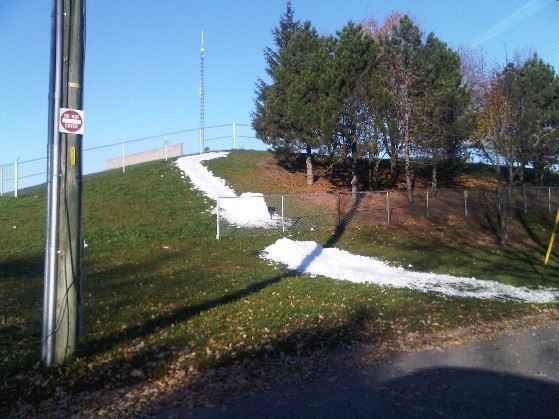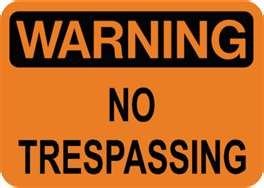- ORFA Home
- The Recreation Facility Profession
- ORFA News and Alerts
- Risks of Using Ice Skating Rink Snow Dumping
ORFA News
January 15, 2019
The Risk of Using Skating Rink Ice Resurfacer Snow
During the recent holiday season, several news articles appeared in different media sources highlighting the creativity of families making a snowy environment in their yards by retrieving the ice resurfacer snow “droppings” from the local ice rink. At first glance the intent appears harmless. Creativity demonstrated to provide a snowy environment during the Christmas holidays in locations that do not offer regular snow fall climates was most likely well intended. However, the reality of what possibly lurks within these snow shavings can be considered as nothing less than bio-hazardous waste. Consider that a local arena skating sheet of ice will have a variety of human body fluids deposited throughout any skating session. Nasal secretions, spit, vomit, urine and blood combined with potential oils, grease or rust. Given the opportunity of bacteria or viruses to be present, the idea of using ice resurfacer snow for any purpose should be strictly avoided and discouraged. Introduction
Recognize the Risks
Occupier’s Liability ActThe Occupiers Liability Act directs “occupiers” on their legal responsibilities to keep persons safe when on their property. The Act states that “an occupier of premises owes a duty to take such care as in all the circumstances of the case is reasonable to see that persons entering on the premises, and the property brought on the premises by those persons are reasonably safe while on the premises”. The duty of care applies “whether the danger is caused by the condition of the premises or by an activity carried on the premises.” It further expects the occupier to take reasonable steps to modify or restrict access to any danger. Refer to: https://www.ontario.ca/laws/statute/90o02 Attracting YouthUnder the same Act, the courts are clear that an owner or occupier of the property has a higher responsibility to not expose children to potentially dangerous situations through unintentional attraction. The onus is placed on the occupier to be aware of any dangers that may put children at risk and to take appropriate action. The efforts of a group of youth who created a snow board sliding hill using the snow shavings left onsite at the local arena is a good example of unintentional risk. The design had users of the slide landing close to a public roadway placing them at risk of vehicular injury.
*Members are reminded that incident reports should be generated on any unsafe use of facility property. Controlling at the SourceFinding a balance between public awareness and methods of control without causing public concern requires tact. The ORFA will continue to show leadership by raising awareness through guidelines, best practices and in educational forums. There are several historical barriers to be addressed. They include but are not limited to:
Facility management must be proactive in communicating awareness while providing protection to any individual who has access to ice arena snow shavings. The following may assist in an internal review of the matter:
NOTE: To involve the police, "No Trespassing" signs must be posted in the area
Internal Snow Pit RisksIce resurfacer storage rooms should only be accessible by authorized persons. These pits can present a risk of drowning and if not properly maintained can promote bacteria and mold growth. These growths can contribute to poor indoor arena air quality. The ORFA Guideline on Indoor Air Quality and; Designing and Maintaining Indoor Snow Pits should be reviewed. ConclusionOne action plan cannot be applied equally to every facility. It is the responsibility of each arena operation to undertake an internal review and assessment process and put into practice a specific approach to controlling the potential risks and hazards associated with ice resurfacer shavings.
|

 Certified Ice Technicians (CITs) have been instructed on the various risks and hazards associated with ice resurfacer operations. One of the possible hidden risks is the potential for bio-hazard waste found in ice resurfacer snow shavings. These shavings are often dumped outside of the facility.
Certified Ice Technicians (CITs) have been instructed on the various risks and hazards associated with ice resurfacer operations. One of the possible hidden risks is the potential for bio-hazard waste found in ice resurfacer snow shavings. These shavings are often dumped outside of the facility. Blood, saliva, mucus, bile, sweat, vomit and urine can all end up on an ice surface during regular play; most of which are invisible to the human eye. All is then scraped up by the ice resurfacer, lifted into the snow dump tank and at times dropped in an unprotected area outside of the facility.
Blood, saliva, mucus, bile, sweat, vomit and urine can all end up on an ice surface during regular play; most of which are invisible to the human eye. All is then scraped up by the ice resurfacer, lifted into the snow dump tank and at times dropped in an unprotected area outside of the facility.

